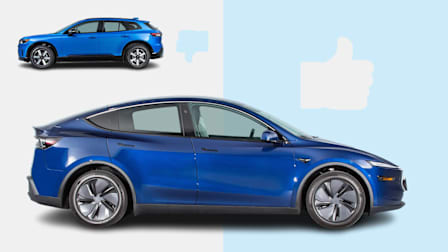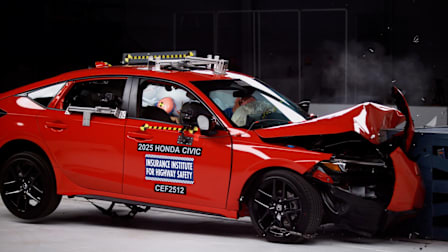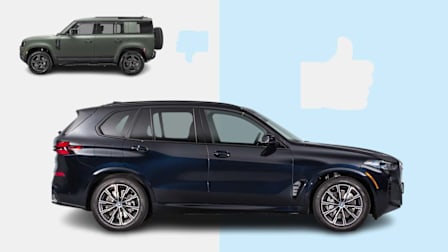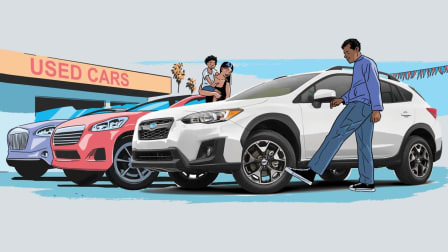Minivans Struggle In New Rear Seat Crash Tests
These family-friendly vehicles earned disappointing scores in the new IIHS evaluations, following similar trends from other car types
Not one of the four minivans currently sold in the U.S. got an “Acceptable” or “Good” score in a new crash test because they leave rear-seat passengers vulnerable to injury.
The vehicles—the Chrysler Pacifica, Honda Odyssey, Kia Carnival, and Toyota Sienna—were tested as part of the Insurance Institute for Highway Safety’s (IIHS) updated “moderate overlap” frontal test, which includes a dummy in the second row that represents a small woman or a 12-year-old child. The test mimics crashes in which two vehicles driving in opposite directions hit each other at 40 mph, but not head-on, as if one car drifted across the center line of a roadway.
Although other types of vehicles—including small and midsized cars, pickup trucks, and small and midsized SUVs—have also received low scores in the new test, IIHS president David Harkey said in a written statement that rear-seat safety results are a particular concern for minivans.
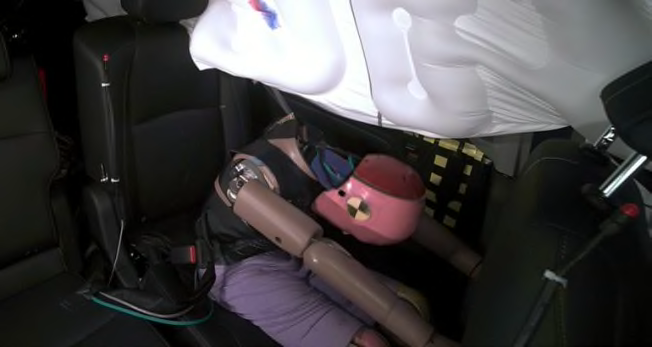
Photo: IIHS Photo: IIHS
The Sienna is the only minivan equipped with seat belt pretensioners and load limiters, technologies designed to reduce injuries in a crash. Even so, the seat belt did a poor job keeping the dummy in place, which could increase the likelihood of injury. The Pacifica’s side-curtain airbag did not deploy, and the Odyssey’s results showed an increased risk of head and neck injuries in addition to chest injuries.
“It’s disappointing that automakers haven’t acted faster to apply the best available technology to the second row in this vehicle class,” Harkey said in his statement. (Neither the IIHS nor the National Highway Traffic Safety Administration (NHTSA) crash tests vehicles with dummies in the third row.)
According to Emily Thomas, manager of auto safety at CR’s Auto Test Center, these results are yet more evidence that automakers need to pay closer attention to rear-seat safety.
“Although drivers and front passengers have benefited from safety advances in recent years, those advances have not been equally distributed to back seat passengers,” Thomas says, adding that low crash test scores are especially disappointing when it comes to family vehicles such as minivans.
“People purchase a minivan with the expectation that it will keep their families safe—from infants to teenagers to grandparents—and it’s shameful that this segment has neglected that safety expectation. Manufacturers should and can do better.”
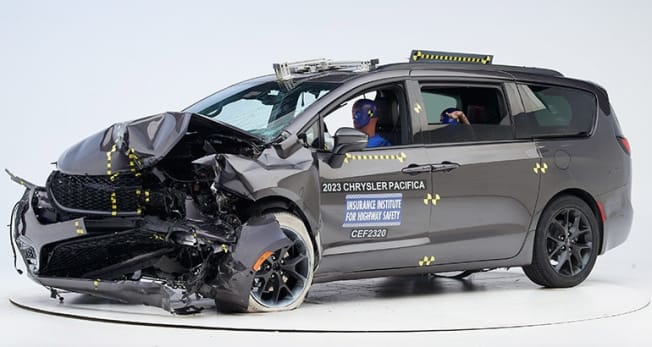
Photo: IIHS Photo: IIHS
In fact, the IIHS reports that in newer vehicles, occupants wearing rear seat belts have a higher risk of fatal injury in a crash than those in front, not because the rear seat has become less safe but because front-seat safety has improved so much.
CR also evaluates rear-seat safety features as part of our ratings program. These include child car seat and booster seat fit, crash-protection features intended for rear occupants of all ages and sizes, and technology designed to encourage rear seat belt use and prevent kids from dying in hot cars. One thing hasn’t changed: Regardless of how a car scores in these tests, the rear seat is still the safest place for children under 13.
Despite how few vehicles have excelled in the new rear-seat crash test, Thomas says that newer models should perform better as automakers redesign their vehicles to achieve top ratings.
“It’s because of tests like these that automakers make design changes that improve safety in a crash,” she says. “In the meantime make sure children are buckled up for every ride and harnessed properly in a securely installed car seat.

















